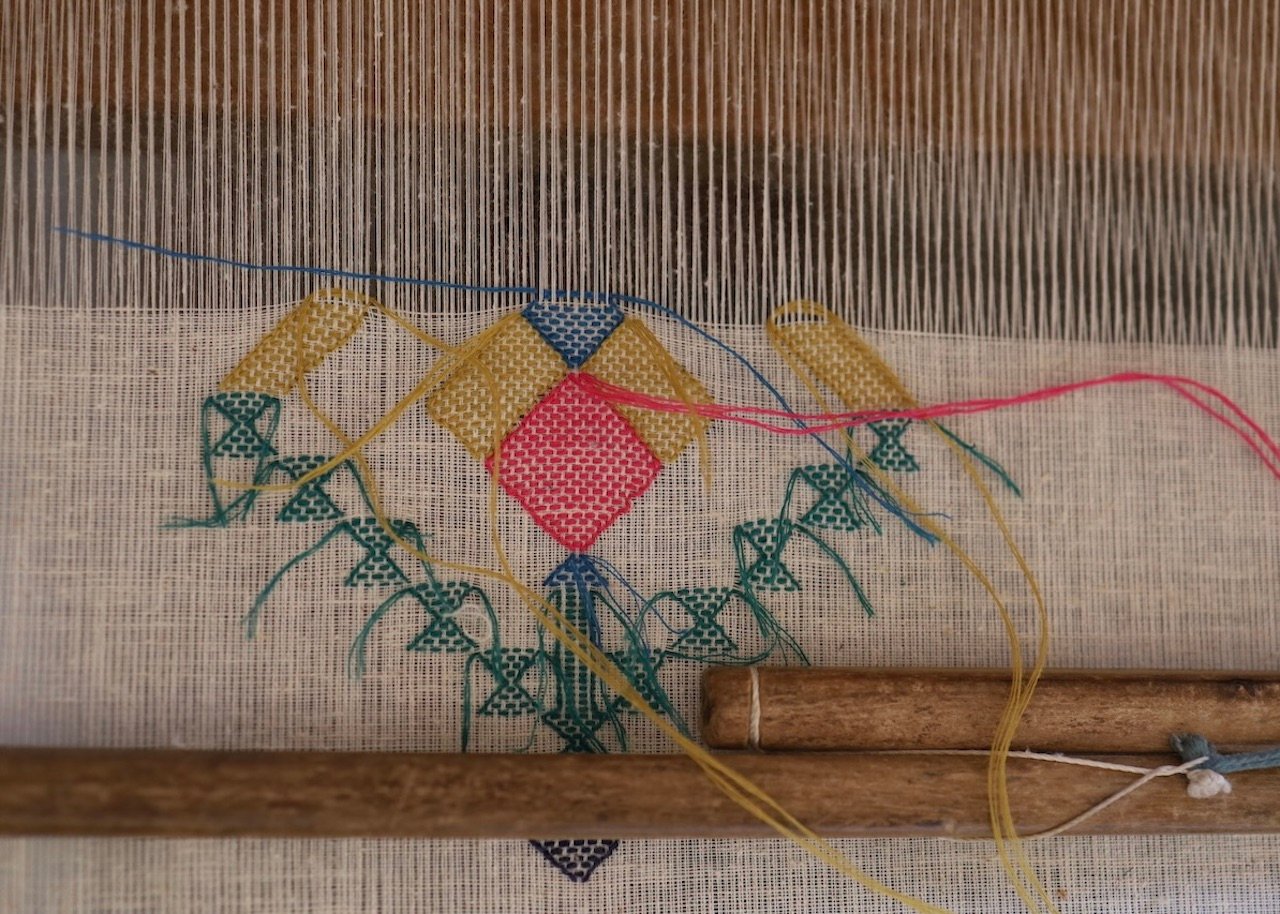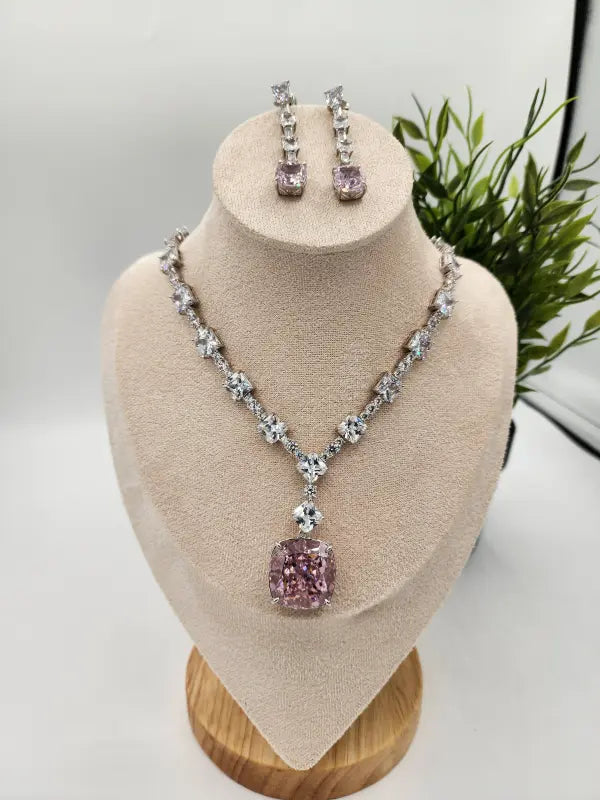Bhujodi weaving is a traditional handloom craft that has been a part of the cultural heritage of the Bhujodi village in the Kutch region of Gujarat, India, for centuries. This intricate form of weaving is renowned for its exceptional craftsmanship, the use of high-quality materials, and the creation of visually stunning textiles. The art of Bhujodi weaving is deeply rooted in the history and culture of the region, making it a significant aspect of India’s rich textile tradition.
What is Bhujodi Weaving?

Bhujodi weaving is a type of handloom weaving characterized by the use of natural fibers such as wool, cotton, and silk. The weavers of Bhujodi are known for their ability to create intricate patterns and designs that are not only beautiful but also functional. These designs are often inspired by the local environment, culture, and traditions of the Kutch region. The textiles produced through Bhujodi weaving include a wide range of products such as shawls, blankets, sarees, and home decor items.
The hallmark of Bhujodi weaving is its intricate patterns and the use of high-quality, natural materials. The process of creating these textiles is labor-intensive and requires a high level of skill and precision. Each piece is a testament to the weaver's expertise and dedication to the craft, making Bhujodi textiles highly prized both within India and internationally.
The Process of Bhujodi Weaving

The process of Bhujodi weaving is a meticulous one, involving several key stages that transform raw fibers into finished textiles. The process begins with spinning, where raw fibers such as cotton, wool, or silk are spun into yarn using a traditional spinning wheel, known as a charkha. This step is crucial as the quality of the yarn determines the final texture and durability of the textile.
After the yarn is spun, it is dyed using natural dyes derived from sources such as indigo, turmeric, and pomegranate. The use of natural dyes not only gives Bhujodi textiles their vibrant and earthy colors but also reflects the weavers’ commitment to eco-friendly practices. The dyeing process is done with great care to ensure that the colors are evenly absorbed by the yarn, resulting in consistent and rich hues.
The final and most intricate step is the weaving itself. The dyed yarns are carefully interlaced on a handloom to create the desired patterns and designs. The weavers employ a variety of techniques, including the use of different colors, textures, and yarn thicknesses, to produce textiles that are both visually striking and structurally sound. Each design tells a story, often reflecting the cultural and natural landscapes of the Kutch region.
Types of Bhujodi Weaving

Bhujodi weaving is not a monolithic craft; it encompasses several different styles, each with its unique characteristics and appeal. The most notable types of Bhujodi weaving include:
-
Kala Cotton Bhujodi Weaving
This type of weaving uses Kala cotton, a locally grown, indigenous cotton variety. Kala cotton is naturally resistant to pests and diseases, making it an eco-friendly and sustainable choice. Textiles woven from Kala cotton are known for their softness and durability, and they often feature simple yet elegant designs that emphasize the natural beauty of the fiber. -
Silk Bhujodi Weaving
Silk Bhujodi weaving involves the use of high-quality silk fibers, which lend a luxurious sheen and softness to the finished textile. The patterns in silk Bhujodi weaving tend to be more intricate and detailed, often incorporating fine motifs and delicate textures that showcase the weaver’s skill. -
Wool Bhujodi Weaving
Wool Bhujodi weaving is renowned for its bold and colorful designs, created using high-quality wool fibers. Woolen textiles from Bhujodi are prized for their warmth and durability, making them ideal for shawls and blankets. The vibrant colors and robust patterns make wool Bhujodi textiles particularly striking and desirable.
Conclusion
Bhujodi weaving is more than just a craft; it is a living tradition that continues to thrive in the Kutch region, thanks to the dedication and skill of its artisans. The intricate designs, high-quality materials, and deep cultural significance of Bhujodi textiles make them a unique and cherished part of India’s textile heritage. Whether crafted from cotton, silk, or wool, each piece of Bhujodi weaving is a work of art, embodying the rich history and vibrant culture of the Kutch region.
FAQS
What is Bhujodi weaving?
Bhujodi weaving is a traditional handloom weaving technique from Bhujodi village in the Kutch region of Gujarat, India, known for creating intricate designs using natural fibers like cotton, wool, and silk.
What materials are used in Bhujodi weaving?
Bhujodi weaving primarily uses natural materials such as Kala cotton, silk, and wool, which are spun into yarn, dyed with natural colors, and woven into textiles.
What products are made using Bhujodi weaving?
The most common products include shawls, blankets, sarees, and home decor items, all featuring the distinctive patterns and designs typical of Bhujodi weaving.
What is special about Kala cotton in Bhujodi weaving?
Kala cotton is an indigenous cotton variety that is naturally pest-resistant and eco-friendly. Textiles made from Kala cotton are soft, durable, and have a natural appeal.
Why is Bhujodi weaving important?
Bhujodi weaving is a significant cultural tradition that preserves the heritage of the Kutch region and supports the livelihood of local artisans through the creation of unique and high-quality textiles.




